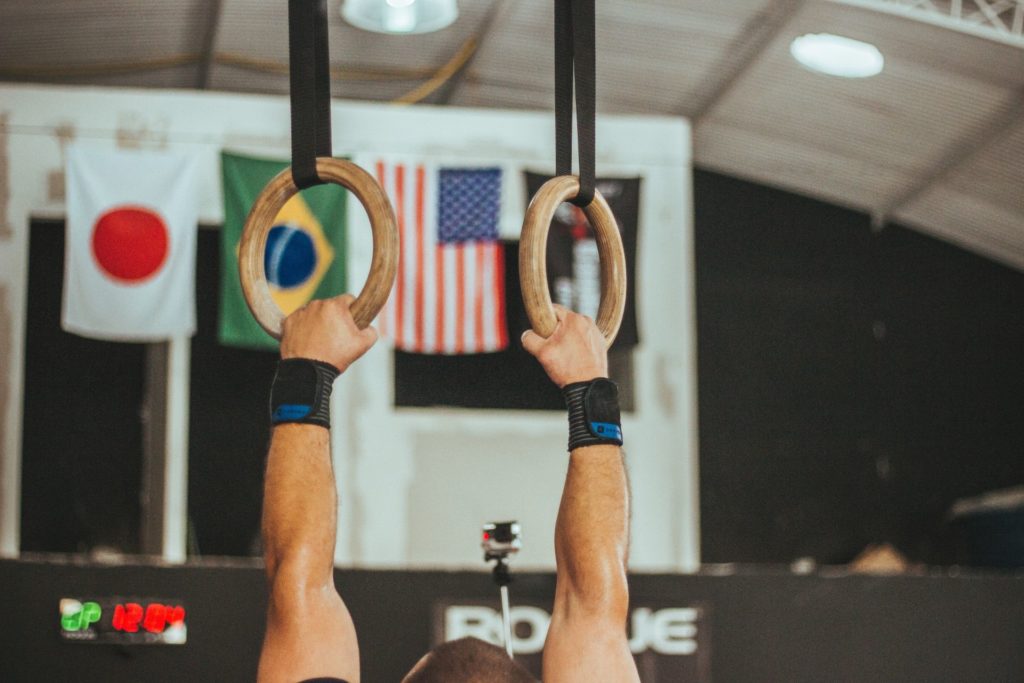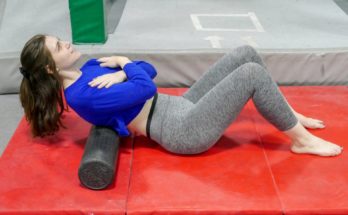
Probably one of the most common ways we get involved in exercise or dieting is through our friends and acquaintances. Anecdotal evidence can be a very enticing motivation to try something new in fitness. How many times have you had a discussion about some new fad style of training or dieting? Crossfit, keto, boot-camps, group classes, paleo, peloton, the list goes on with programs in the fitness world it’s no wonder it can be really difficult to determine what you should try.
The reality is that Sports Medicine is a constantly evolving field. Although it’s important to approach any decision with as much objective information as possible, all the answers aren’t out there. Everyone’s body is created differently and there are too many variables to account for when it comes to picking the perfect exercise or diet program. The one thing we should understand, however, is we don’t want to exacerbate existing issues such as muscular imbalances or injuries. Often a program can be modified so that we can still give it a shot without hurting ourselves.
There are hard gainers, there are easy gainers, there is everything in between. If we have been doing everything right and our results are not coming quickly or consistently sometimes it’s warranted to experiment.
How to Pick your Programs

There are some guidelines we should remember when it comes to experimentation. It’s important to not overemphasize specific movements. For example, if we feel our chest is lacking behind and our pushing movements are weak we might want to try a program that’s focused around pressing, flys, and high chest frequency and volume. If we exhibit early signs of upper crossed syndrome or forward head posture all these chest movements can make these problems worse. In this example, you can be sure your effort won’t lead to a better-developed chest but more issues and plateaus. What we can do to modify this routine is to add an equivalent or greater volume of BACK exercises focusing on retaining the balance of the upper body. We would also want to include corrective exercises to combat any imbalances accrued from over developing the chest muscles. We also want to avoid positions that mimic our habits in life. Heavy spin based programs, for example, mimic sitting desk posture and often facilitate this imbalance.
Often in programs designed for abs people feel the need to target “the lower abs”. The reality is the superficial layer of our abdominals, the rectus abdominis, can be thought of as one muscle. There isn’t really a difference between targeting upper and lower abs. What your abs do is flex your lower back. Often knee raises are an overdone exercise which doesn’t target your “lower abs”, but your hip flexors. In LPHCD (lower crossed syndrome), we see dysfunction and overactivity of the hip flexors. This is often present in people who sit a lot. Continuing to overdevelop the hip flexors and constantly putting the spine into excess flexion from crunch based exercises can worsen these conditions and lead to more back or hip pains. We can modify abdominal based exercises to include static abdominal work such as planks and stability ball exercises. We can include other core work such as glute bridges and hip flexor stretches to help combat a hip flexor and abdominal dominant program.
When to Switch it Up

Another thing to recognize is when to stop a program. Our bodies are designed to ADAPT. Once that occurs, and it will, a program becomes significantly less effective. Often programs work well for periods of time between 6 -12 weeks, although this can vary. It’s important to change what we are doing in order to continue to see results and avoid plateaus. People tend to stick with the same things for far too long, this includes corrective exercise strategies. Sometimes we see reversals of problems, where an individual has over-corrected a muscular imbalance into the opposite direction.
Avoiding Injury

Avoiding injury is paramount. We want to be healthy, we want to continue to exercise without becoming discouraged or experiencing setbacks. A Lot of group classes and technical movements like those found in CrossFit can be exceptionally effective when performed correctly and devastating if not. Many complex movements need to be done with proper form to avoid injury. It’s probably not a good idea to experiment with a program that has a lot of technical lifts if you are a beginner to exercise or in a group environment where the instructor can’t constantly guide and direct you individually.
Diet

When it comes to diet, I rarely give direct advice. The reality is diet can become so complex and individualized fad diets aren’t usually the way to go. It’s important to consult expert advice from a nutritionist or dietician. We must adopt nutrition plans that are sustainable and make sense for you as a person. It’s easy to over supplement or creates an imbalanced diet just as it is easy to create an imbalanced body. Knowing your particular deficiencies or dietary requirements isn’t something that a generalized diet program can provide. Don’t just experiment with diet plans, get advice from a doctor or professional.



